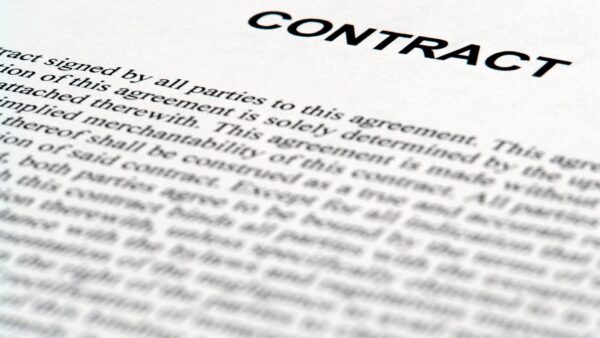
This month’s contract clinic question asks what the options are for a company which had scaffolding stripped from a site. Chrissie Parkes replies.
The question
We erected scaffolding for a residential solar installation project. The client then decided they needed more scaffolding, but instead of asking us, they instructed another company. However, when we went to strip our scaffolding, it had already gone! The solar company will not tell us who removed our scaffolding. What can we do?
The answer
Sadly, this is quite common. There are several courses of action you can take. Firstly, let’s discuss your legal position.
How does the law view what’s happened?
When you loan your scaffolding to a company for hire, this creates a legal relationship known as ‘bailment’. In this relationship, you are known as the ‘bailor’ and the company hiring your scaffolding – your client or ‘employer’ – is known as the ‘bailee’. Both the bailee and bailor have certain obligations to each other
but most relevant to your problem are the bailee’s duties to you
(the bailor). These are:
- To take reasonable care of the goods;
- Not to convert goods (take, sell, give away or withhold goods without lawful justification);
- To protect goods from theft, loss or damage.
The employer (as bailee) is therefore clearly in breach of the above obligations, having allowed your scaffolding to go missing. The law recognises that the bailee cannot do as they wish with your scaffolding. They certainly cannot do anything outside the remit of what was agreed upon hire.
So, what can you do now?
Firstly, was a written contract in place? If so, does that contract deal with the bailee’s failure to fulfil the obligations mentioned above?
If there are no relevant contractual terms, we would look to legislation and common law. Together these imply a strict liability (reducing the need to prove intention) on the bailee for any unauthorised use of goods, failure to return goods and refusal to return goods as agreed.
The main remedies for ‘wrongful interference with goods’ are in the Torts (Interference with Goods) Act 1977. But before deciding what action to take, we would first need to try to find out what has happened to your scaffolding by contacting the employer, as this will guide your next steps.
“Remember, the employer is accountable to you for your scaffolding. So that should be your first conversation.”
For example, if the employer refuses to let you know where your scaffolding is, you could apply for an injunction ordering the employer to provide information about the location of your property.
Or, if the employer knows the whereabouts of your scaffolding but refuses to return it, you can apply for an order requiring the employer to return your scaffolding to you.
Should you learn that your scaffolding is lost or damaged, you could pursue a claim against the employer for the replacement of your scaffolding.
Even if your scaffolding is eventually returned to you but is damaged, you would have a claim in damages against the employer for failure to take reasonable care of the goods, and failure to protect your goods from theft, loss or damage.
You could have a further claim for the financial loss caused to you by not having access to your scaffolding. Without your scaffolding, you may be unable to continue your business either entirely or at its full capacity and as such the financial consequences can be huge. Therefore, you could pursue a claim for the lost opportunity to make profits, due to the employer’s breach of his obligations as bailee.
Remember, the employer is accountable to you for your scaffolding. So that should be your first conversation. What happens next depends on what the employer says about the whereabouts of your scaffolding; that’s if they know where it is.
Chrissie Parkes is a trainee solicitor at Holmes and Hills.











